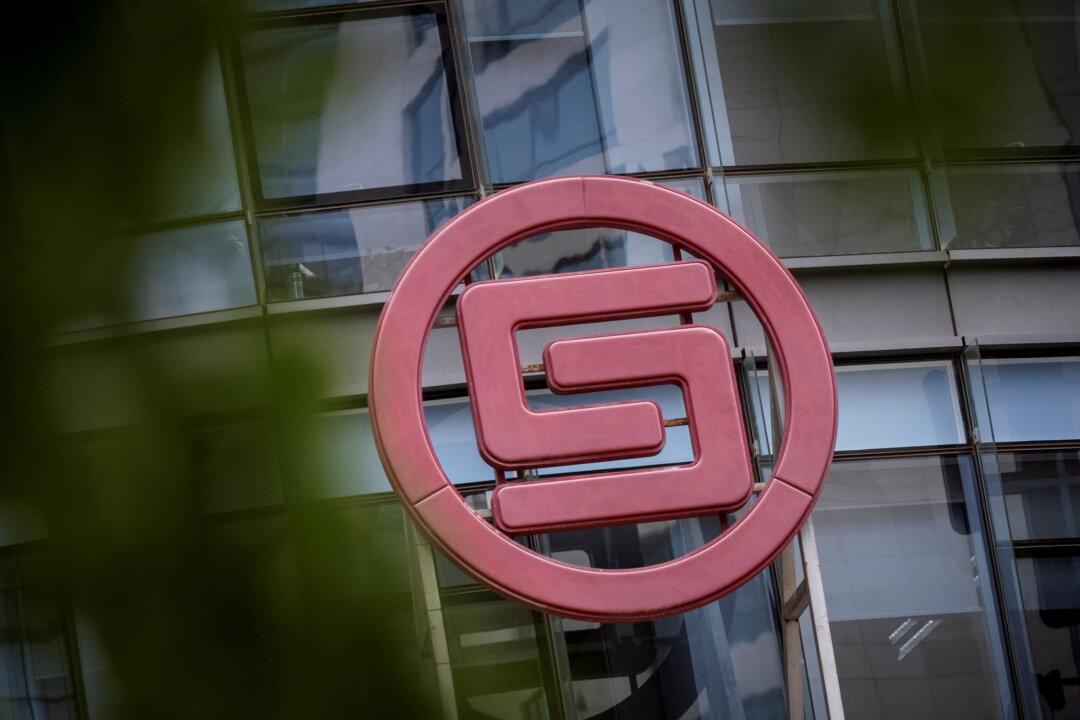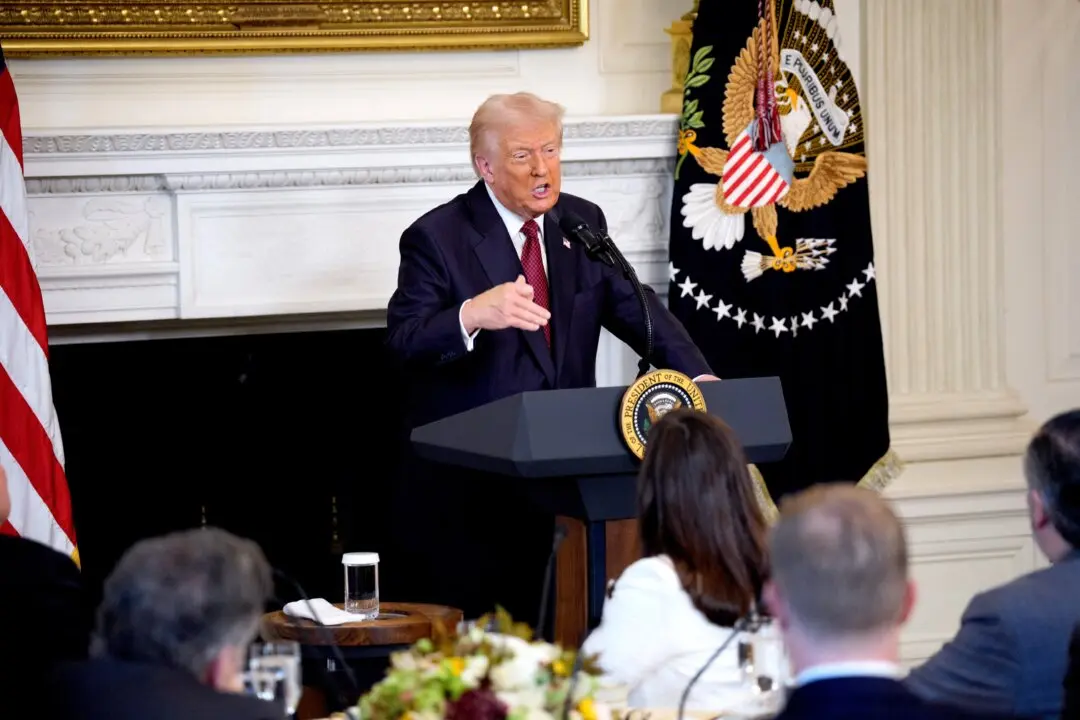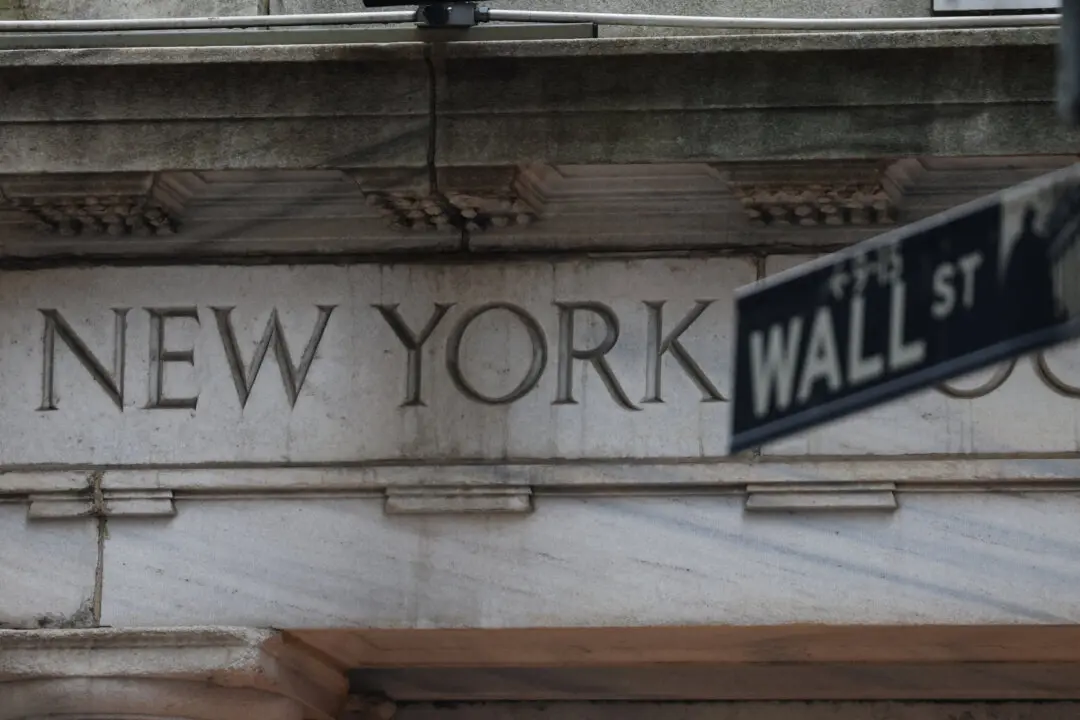SHANGHAI—China Huarong Asset Management Co., Ltd., a state-owned asset management company, sought to turn the page on a deep annual loss on Aug. 30, as its chairman said it was in talks with potential new strategic investors alongside a CITIC-led (CITIC Group Corporation Ltd., a state-owned investment company) consortium.
Wang Zhanfeng, on a call a day after releasing earnings results, said many investors continue to have faith in Huarong and that it was speaking with new potential domestic and foreign strategic investors.





